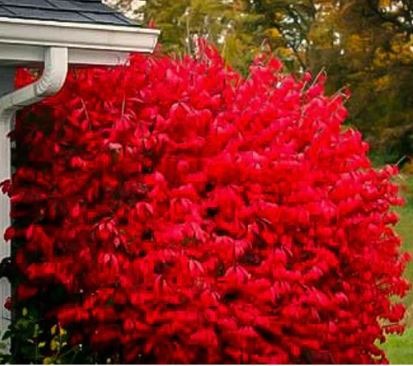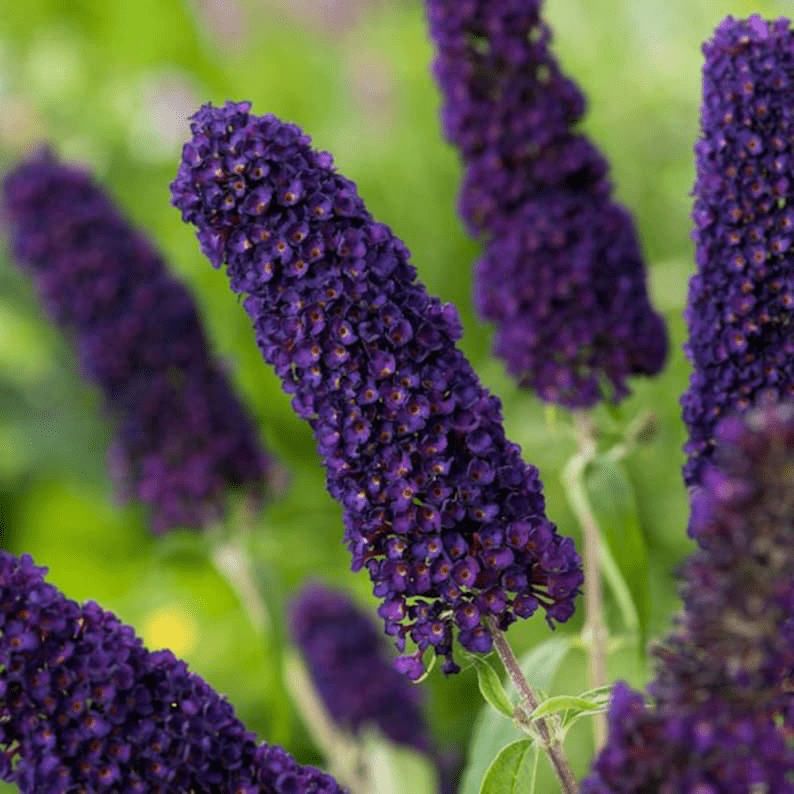Introduction
When it comes to adding beauty and vibrancy to your garden, few plants can match the elegance of the Mango Butterfly Bush. With its stunning flowers and attractive foliage, this plant is a must-have for any gardening enthusiast.
The Mango Butterfly Bush, also known as Buddleia davidii ‘Mango’, is a deciduous shrub that is native to China and Japan. It is named for its large clusters of blossoms that resemble butterflies fluttering in the breeze. These flowers come in a range of vibrant colors, from deep oranges and yellows to soft pinks and purples, adding a touch of magic to any landscape.
One of the biggest advantages of the Mango Butterfly Bush is its ability to attract butterflies and other pollinators. The sweet scent of its flowers acts as a magnet for these beautiful creatures, making it a perfect addition to a butterfly garden. By planting this shrub, you not only create a stunning visual display but also provide a valuable food source for these important pollinators.
In terms of growth habits, the Mango Butterfly Bush is a relatively low-maintenance plant. It prefers full sun and well-drained soil, although it can tolerate some shade and a variety of soil types. This makes it a versatile choice for different garden settings. With proper care, this shrub can reach a height of 6 to 8 feet, creating a striking focal point in your garden.
Pruning is an essential part of maintaining the Mango Butterfly Bush. To encourage continuous blooming and prevent the plant from becoming too leggy, it is recommended to prune it in early spring. This will help promote new growth and ensure a healthy and compact shape.
Furthermore, the Mango Butterfly Bush is known for its drought tolerance once established. This makes it an excellent choice for regions with hot and dry climates. However, regular watering during dry spells is still necessary to keep the plant healthy and thriving.
Care Guide
- Choose the right location: Select a sunny spot in your garden or landscape with at least 6 hours of direct sunlight each day. Butterfly bushes thrive in warm, sunny conditions and require well-draining soil.
- Planting:
- Plant your butterfly bush in the spring or fall, avoiding extreme temperatures.
- Prepare the soil by adding compost or well-rotted manure to improve drainage and fertility.
- Dig a hole twice the size of the root ball and place the plant in the hole at the same depth as it was in the pot.
- Fill the hole with soil, tamp it down gently, and water thoroughly.
- Watering:
- Water your butterfly bush regularly during the first growing season to establish a strong root system.
- Once established, they are somewhat drought-tolerant, but they will benefit from occasional deep watering during prolonged dry spells.
- Mulching:
- Apply a layer of organic mulch, such as wood chips or shredded bark, around the base of the plant to retain soil moisture and suppress weeds. Mulching also helps regulate soil temperature.
- Fertilizing:
- Butterfly bushes are not heavy feeders, but you can apply a balanced, slow-release fertilizer in early spring to promote healthy growth and flowering.
- Avoid excessive fertilization, as it may lead to excessive foliage growth at the expense of flowers.
- Pruning:
- Prune your butterfly bush in late winter or early spring before new growth begins. Cut back the previous year’s growth to about 12 to 24 inches above the ground.
- Pruning helps maintain a compact shape and encourages new growth and flowering.
- Deadheading:
- Remove faded flowers regularly (deadheading) to encourage the plant to produce more blooms throughout the growing season.
- Pest and Disease Control:
- Butterfly bushes are relatively resistant to pests and diseases, but it’s good to keep an eye out for common issues like spider mites or powdery mildew.
- If you notice any problems, treat them with appropriate insecticides or fungicides as needed.
- Overwintering:
- In colder regions, butterfly bushes may die back to the ground during winter. Apply a layer of mulch around the base of the plant to protect the roots from freezing temperatures.
when does the butterfly bush start blooming
The flowering time of a butterfly bush (Buddleja) can vary slightly depending on the specific variety, climate, and growing conditions. In general, most butterfly bushes start blooming in the late spring to early summer and continue to produce flowers until the first frost in the fall.
For many regions, you can expect the butterfly bush to begin blooming in late spring, typically around May or June. However, this timing can shift earlier or later by a few weeks based on factors such as local climate, temperature, and individual plant characteristics.
To get the best idea of when your particular butterfly bush will bloom, observe its growth pattern over the seasons and keep an eye out for the development of flower buds. Once the warmer weather arrives and the plant has established itself after winter, it should begin producing its colorful and attractive blossoms that will, in turn, attract butterflies and other pollinators to your garden.
Proudly powered by WordPress





